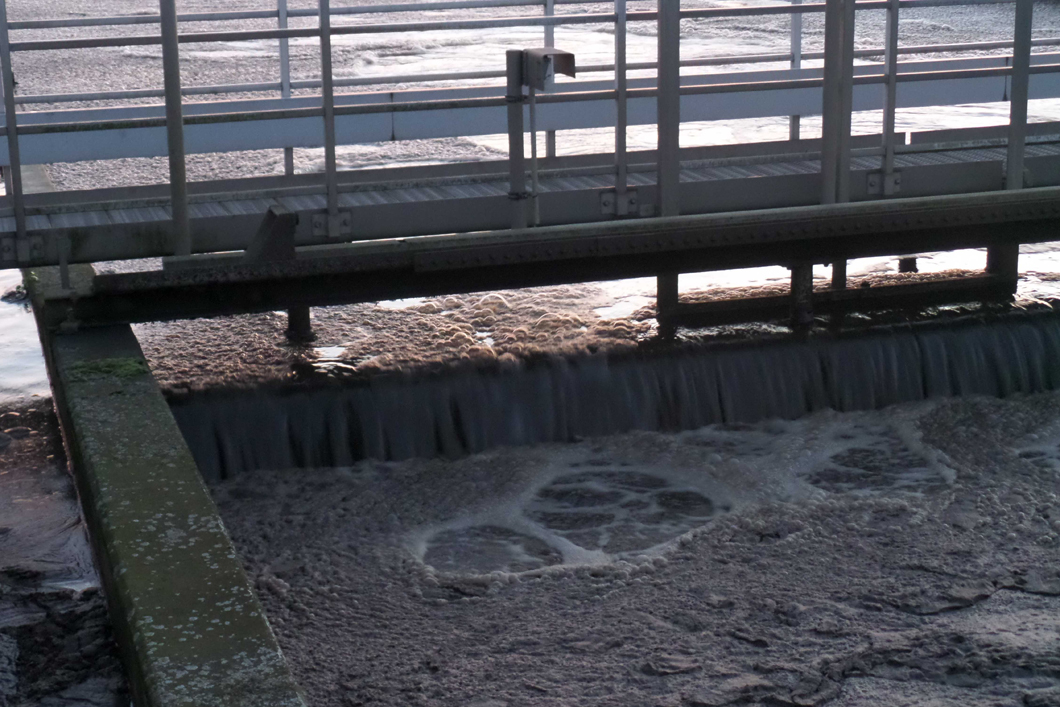
During wastewater treatment trace contaminants such as hormones are often not fully degraded
Source: BAM, Division Environmental Analysis
Hormones are endogenous substances which are part of the bloodstream of humans and mammals, and which are also excreted with the urine. Their effect concentrations are extremely low. Once in wastewater the hormones get into wastewater treatment plants where some are degraded insufficiently, and more metabolites and transformation products can be formed. Estrone (short: E1) is a metabolite of the highly active estrogen hormones 17-estradiol (-E2) and 17-estradiol (-E2). -E2 and 17-ethinyl estradiol, the active ingredient of the contraceptive pill, have already been introduced into the watch list of annex X to the EU Water Framework Directive and require monitoring. E1 as a metabolite which is far less hormonally active, but generally shows up in higher concentrations than the related hormones, is usually included in these monitorings. E1 is also discussed as a marker for which samples can be pre-screened before running detailed analyses to determine the hormone spectrum.
For sample screening, antibody-based, so-called immunoanalytical methods are predestined because they are fast, cost-efficient and sensitive, and require only small sample amounts. We developed an antibody and based on it an ELISA, a special enzyme immunoassay, which allows for the determination of estrone in trace concentrations. In combination with an enrichment, a solid-phase extraction, estrone can be quantified in concentrations below 1 nanogram per litre (1 ng/L). The paper presented here deals with the validation of this method because false results could originate from the complex wastewater matrix or from other metabolites of estrogen hormones.
The concentrations determined in the influents of the six wastewater treatment plants of Berlin range from 60 to 200 ng/L of wastewater, while the effluent concentrations range from 3 to 27 ng/L. The concentrations in rivers were between 0.4 and 3.8 ng/L. Yet, ecotoxic effects on water living fauna have been observed at concentrations even below 1 ng/L. The validation of the method versus a reference method (liquid chromatography coupled to tandem mass spectrometry, LC-MS/MS) gave a good agreement of the results with overestimations of maximum 30% by ELISA.
LC–ELISA as a contribution to the assessment of matrix effects with environmental water samples in an immunoassay for estrone (E1)
Holger Hoffmann, Christian Knizia, Maren Kuhne, Ulrich Panne, Rudolf J. Schneider
Accreditation and Quality Assurance, 2018, Volume 23, Issue 6, pp 349–364
BAM President; Department Analytical Chemistry; Reference Materials, Division Environmental Analysis


